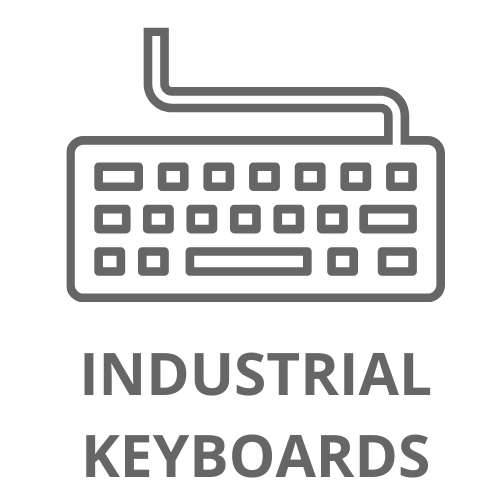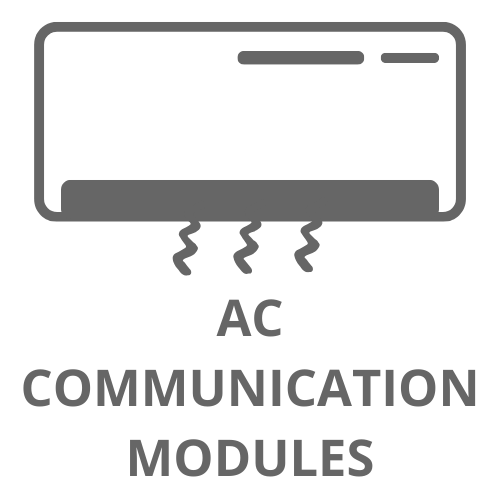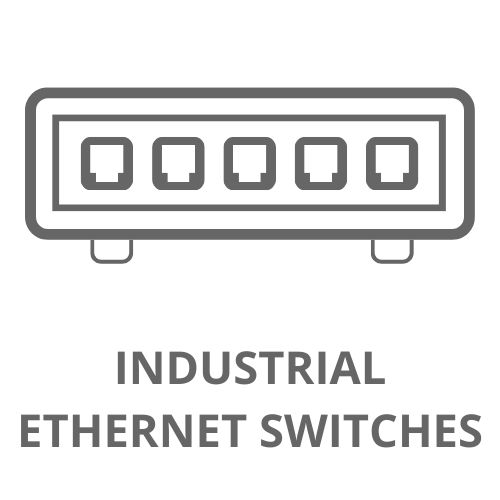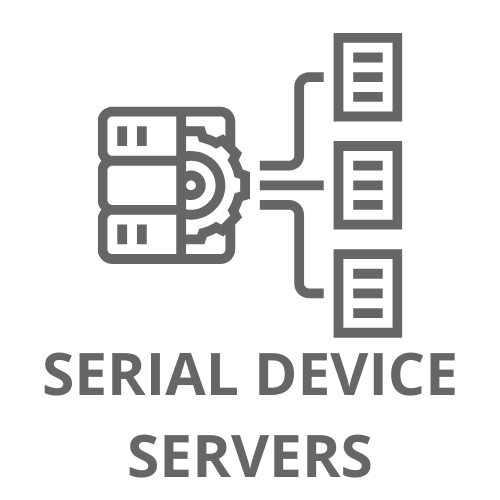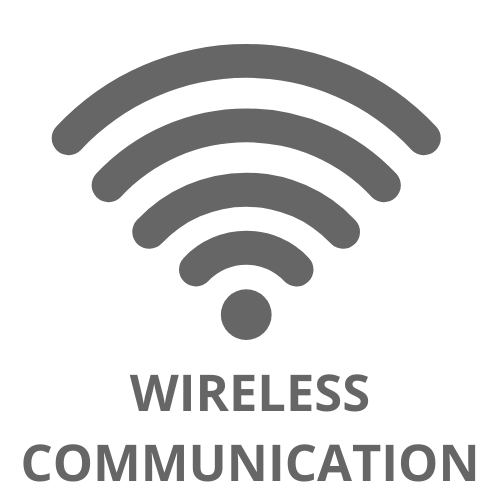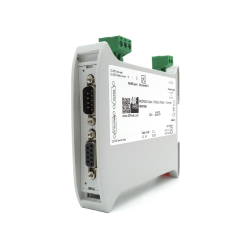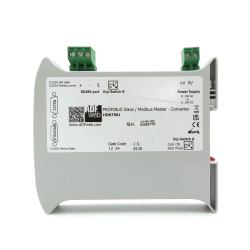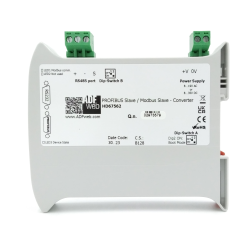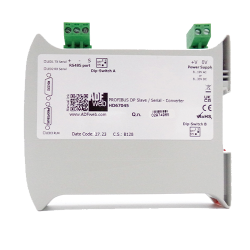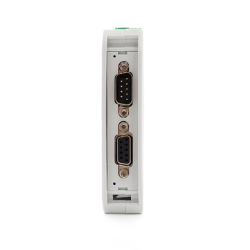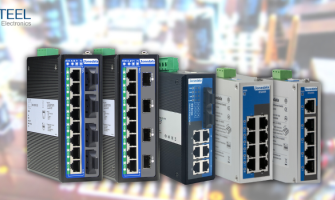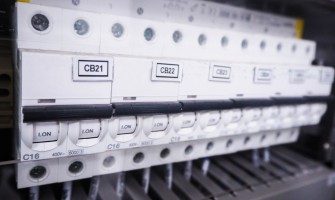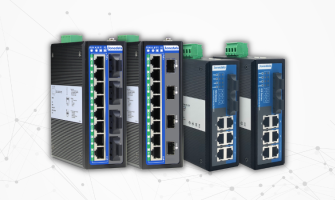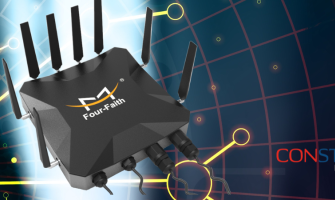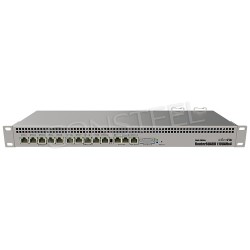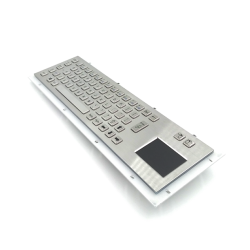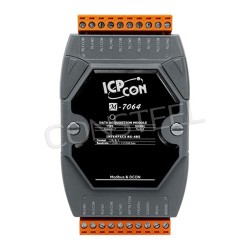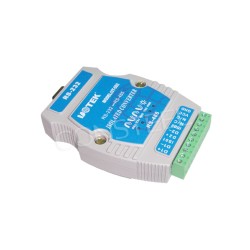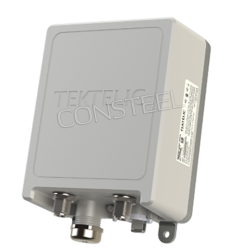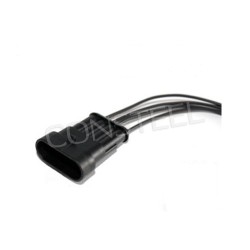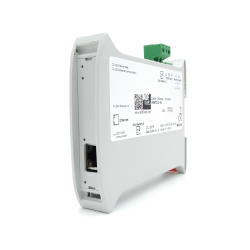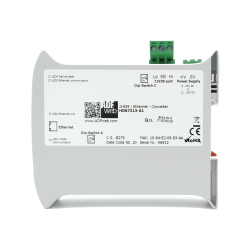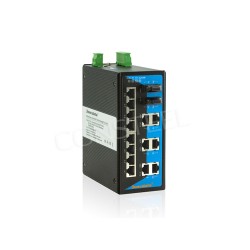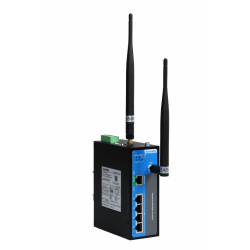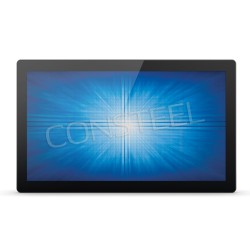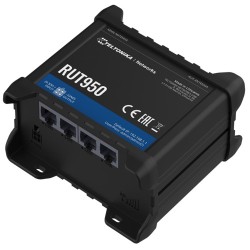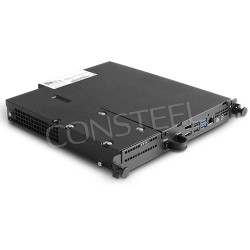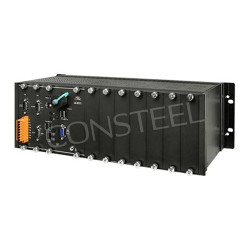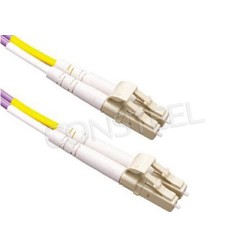What is a Profibus network and how does it work?

The wide availability of diverse devices and connections means that we can now choose for ourselves the protocol in which we want to carry out communication. In the industrial world, one of the many, but also one of the more commonly used communication protocols is the Profibus protocol.
What is the Profibus protocol?
Profibus is a type of local or field industrial network. It is created for use in distributed control and supervisory systems. It is designed for time-critical applications such as real-time industrial network. It features standard and open communication technology. The network has a modular structure and provides tools for operating and parameterizing devices. Importantly, Profibus provides efficient transmission of a large amount of short information while maintaining deterministic data transmission time.
How was the Profibus protocol developed?
The history of the Profibus communication protocol dates back to 1986, while it only began to be promoted three years later by the German education and research department BMBF and put into practice by SIEMENS. The point to create the new communication protocol was to implement and spread the use of serial field bus based on the basic requirements of field device interfaces. As a first step, the complex Profibus FMS (Field bus Message Specification) communication protocol was defined and adapted to demanding communication tasks. Then, in 1993, the specification of the simpler and thus much faster PROFIBUS DP (Decentralized Peripherals) protocol was completed. Profibus FMS is used for (non-deterministic) data communication between Profibus masters.Profibus DP is a protocol developed for communication between Profibus masters and their remote I/O slaves. At the moment, two types of Profibus protocol remain in use: PROFIBUS DP and PROFIBUS PA. The former, however, is much more popular and more frequently used.
What transmission media are used with the Profibus standard?
The transmission media used in the Profibus network are divided into two types. The first is shielded copper wires (shielded twisted pair). This type is used in the RS485 standard, characterized by simplicity and low cost, as well as speed of data transmission. The second type is fiber-optic cable which is resistant to any electromagnetic interference, and what is also important allows data transmission over long distances( up to 3 km). When using fiber optic cable, it should be remembered that you need to use an electrical to optical signal converter in such a network.
See converters for Profibus protocol
Looking for a converter based on Profibus protocol, check out the offer in our store. We provide our customers with a wide selection of completely industrial converters at competitive prices. Not sure which converter to choose? No problem! Call us and our technical advisor will work with you to select the most favorable solution for your project. Check our offer HERE
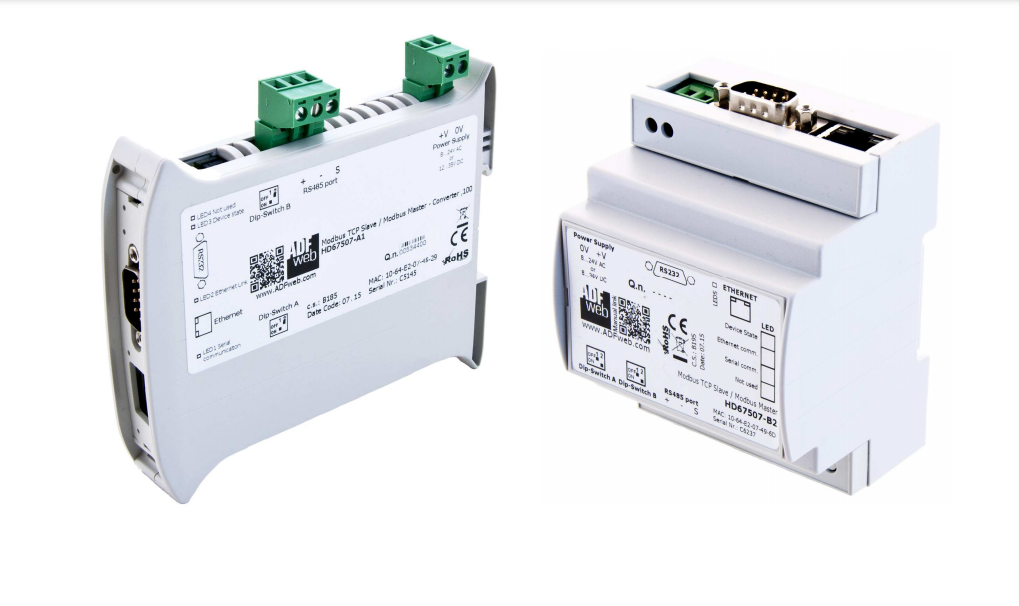
.



